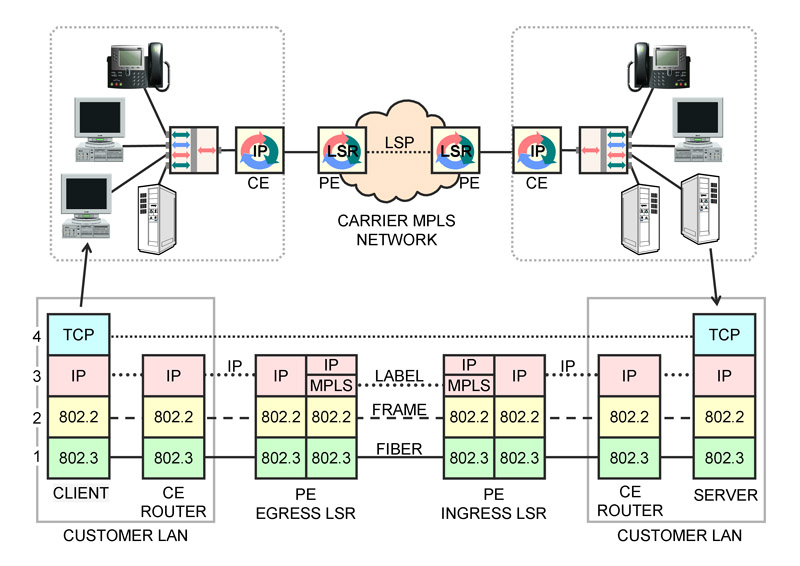IPv6: 340 Trillion Trillion Trillion Addresses
Happy birthday IP version 6 – you finally arrived!
World IPv6 Launch Day was June 6, 2012 (about 12 years later than originally planned).
Hundreds of companies permanently enabled IPv6 protocol stacks on their servers on June 6, allowing the small percentage of devices (primarily Android smartphones) that had applications, operating systems and carriers all supporting IPv6 to communicate IPv6 packets end-to-end.
The address fields in IPv6 packets are 128 bits long, meaning 2 to the power 128 addresses.
That’s 340,282,366,920,938,463,463,374,607,431,768,211,456 addresses.
This is a number beyond human comprehension.
Forget about questions like “how long is eternity going to last for”, “how far is it to the other side of the universe?”, “what happened before the Big Bang”, “where did all that energy come from in the first place?”, “who is God’s God?, and “who is God’s God’s God?”; we humans are not capable of understanding 340,282,366,920,938,463,463,374,607,431,768,211,456.
Teracom Instructor Richard Olsen did some calculations to help us grasp this number, including calculating how many grains of sand there are in the Earth’s crust. (Can you tell Richard is an Engineer?)
I’ll let Richard tell the story in his own words:
“I was teaching at Motorola University circa 1998 and in discussing IPv6, a student said, ‘You know, there are enough IP addresses in IPv6 for every square inch of the Solar System.’ I thought, that’s crazy, he’s out of his mind. I just said, ‘Wow!'”
“Anyway, while flying home I thought, I wonder how many square inches there are in the Solar System anyway. I think I’ll figure that out when I get home.”
“First I had to decide what ‘square inches of the Solar System’ meant. I decided to use the surface area of all the planets in square inches. That didn’t even come close to the number of IP addresses in IPv6.
I decided to throw in the Sun because that sucker is really big. Didn’t even come close. Then I decided to use the square inches inside the orbit of Pluto (this was before Pluto got kicked out of the Planet Club – poor Pluto!). Still didn’t even come close.”
“Finally, I’d always heard “IPv6 has enough IP addresses for every grain of sand on all the beaches on Earth”. By this time, I knew that couldn’t be. So I finally decided to calculate IP addresses per grain of sand over the entire surface of the Earth, including under the oceans, one mile deep assuming 10,000 grains of sand per cubic inch.”
“Answer: an astounding 664 BILLION IP addresses per grain of sand. Now, that’s a big number!!”
“The most commonly quoted number of stars in a galaxy is 100 billion and the most commonly quoted number of galaxies in the Universe is 100 billion. Assuming there are 10 planets around every star, then there are 10 x 100 x 100 billion billion planets in the Universe.
So how many IP addresses per planet in the entire Universe? Answer: 3.4 quadrillion IP addresses per planet!”
“The number of IP addresses in IPv6 is truly a prodigious number.”
I’ve told Richard’s story many times in classes. Over the years, like all good stories, it became embellished, and the story became
“666 billion addresses per grain of sand in the Earth’s crust to a depth one mile deep”, and “more addresses than there are square inches on the sphere that encloses the solar system out to Pluto.”
After reading Richard’s story again recently, I figured I had better verify the last claim, so I asked Richard to calculate the number of square inches on the sphere that encloses the solar system out to Pluto and divide that into 2**128.
It turns out my embellishment was not wrong: there are 5 millon addresses per square inch on the sphere that encloses the solar system out to Pluto.
Hope this all helps you grasp the number 340,282,366,920,938,463,463,374,607,431,768,211,456.




 In this course, we concentrate on the fundamentals of IP packet networks, routers and IP addresses.
In this course, we concentrate on the fundamentals of IP packet networks, routers and IP addresses.